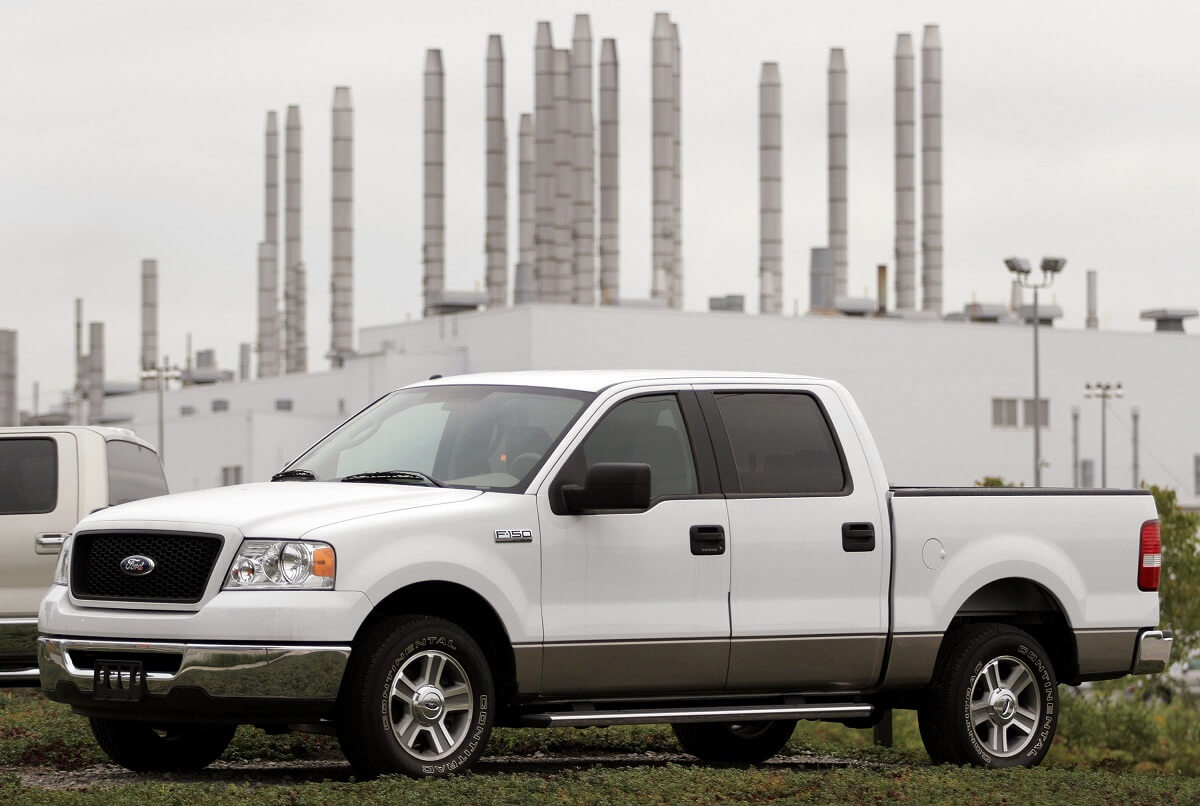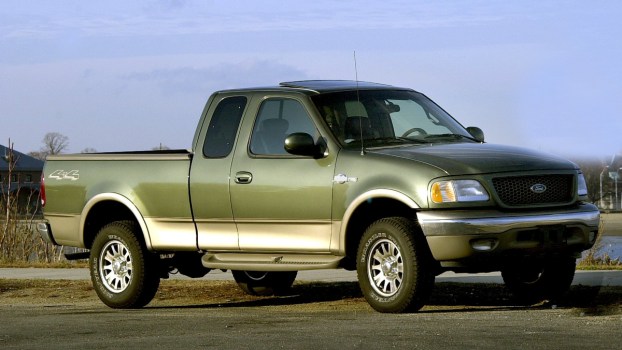
7 Ford F-150 Model Years You Might Want to Avoid: Here’s Why
Some Ford F-150 model years are better than others. Proceed with caution when considering any pre-2018 F-150. That’s partly because Ford got its act together with more recent versions and partially because late models are newer, so they have fewer miles. However, newer ones have come under the microscope over reliability issues, but not enough information is available yet to determine their long-term dependability. Right now, though, older F-150s have more problems. Here’s why you might want to avoid these seven Ford F-150 model years.
2004 to 2006 Ford F-150 issues

Common problems in 2004 to 2006 Ford F-150 trucks concern gas tank straps, airbags, spark plugs, and power windows.
The gas tank straps in these model years can quickly rust, causing the gas tanks to detach.
In addition, spark plug failures have resulted from poor cylinder head design. This problem is especially prevalent in F-150s with a 5.4-liter V8, 6.0-liter V8, or 6.8-liter V10.
And the window issues involve the controls malfunctioning or becoming entirely nonoperational.
These older F-150 model years are out of warranty. So although a window operation issue is minor, it costs money out of pocket or a DIYer’s time. So the best suggestion is to avoid these three F-150 model years.
2010 Ford F-150 problems

Spark plug issues, touchscreen failure, and transmission problems plague the 2010 F-150.
The spark plug failures and misfires are partially due to inferior coils overwhelming the plugs.
As for the touchscreen trouble, the MyFord Touch technology was in its infancy, so it had bugs such as slow response and backup camera issues.
Furthermore, transmissions failed regularly, even at low mileage. Ford had automatic transmission issues throughout this era, but the problems coalesced in the 2010 model. So you should probably avoid the 2010 F-150.
2015 to 2017 F-150 troubles
These three Ford F-150 model years sold well and have plenty of happy owners. But they also exhibit many problems.
Brake issues are the most significant, with numerous drivers reporting sudden failure. Owners have said the master cylinders had to be replaced after the brakes stopped working, CoPilot reports. Within minutes of a “Low Brake Fluid” dash warning, the trucks had no brakes.
Drivers have also reported engine and transmission failures. In numerous instances, shifting problems happened while towing 5,000 pounds or more. But the F-150’s towing capacity is 10,000 pounds, so shifting problems occurred far below the maximum load. In addition, the National Highway Traffic Safety Administration has received many complaints of fairly new F-150s with engine stalls.
RepairPal gives the F-150 a reliability rating of 3.5 out of 5.0 and ranks it seventh out of 17 full-size trucks. Despite this pickup’s above-average score, the automotive repair and maintenance site notes that when repairs are needed, they tend to be “severe.” That means a major repair is necessary; however, most of these incidents are infrequent.
Despite this truck’s popularity and millions of happy owners, reliability ebbs and flows depending on the Ford F-150 model year.





